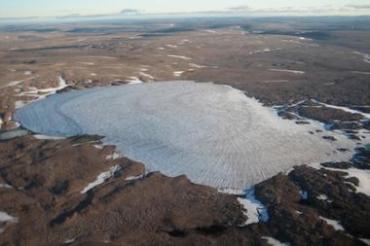According to the Energy Information Administration, around 40% of home energy use in 2009 was related to heating and cooling, and heating and cooling have to do with the energy efficiency of the home. Several states (New York, Maine, Alaska) and cities (Austin, Santa Fe) have recently tried to encourage property owners to make efficiency upgrades by passing laws mandating the reporting of energy usage data. This term, the Maryland General Assembly is considering a bill which would do the same. House Bill 0040, introduced by Delegate Carr from District 18 in Montgomery County, would require specific energy usage information to be reported for certain homes. Montgomery County already has a similar law in place.
The goal of these laws is to encourage money saving energy efficiency improvements, which also reduce power consumption and carbon footprint. One of the hurdles to making those investments is the fear that if the property is sold within several years, the seller will have paid for improvements lasting decades which are hard to quantify through the property value assessment process. If reporting is required, prospective home buyers will be better able to compare concrete energy usage data and factor the relative operating cost of the home into their purchasing decision.
The new bill would require reporting of information about usage over the 12 months preceding marketing of the home, granted that the seller (or vendor) has owned the property for that period of time. The data provided, which can come in the form of actual utility bills, or can be as simple as a record of the costs for the property, is not supposed to be considered a warranty of any kind, and the failure to provide information can not be used by a subsequent purchaser to get out of a sale. These measures weaken the law, but also improve the chances that it will be adopted.
Around the country, some laws are a bit tougher. Austin, TX for example, requires an actual energy audit to be performed prior to the home sale (Read about Austin’s ordinance at the ACEEE website here). The requirement of reporting however, will at least encourage energy efficiency awareness on the part of vendors and buyers, while not imposing costs or headaches on the housing market which may discourage or impede that sectors faltering recovery.
Read about HB 0040 at the Maryland General Assembly Site here.
– Ben Groff

